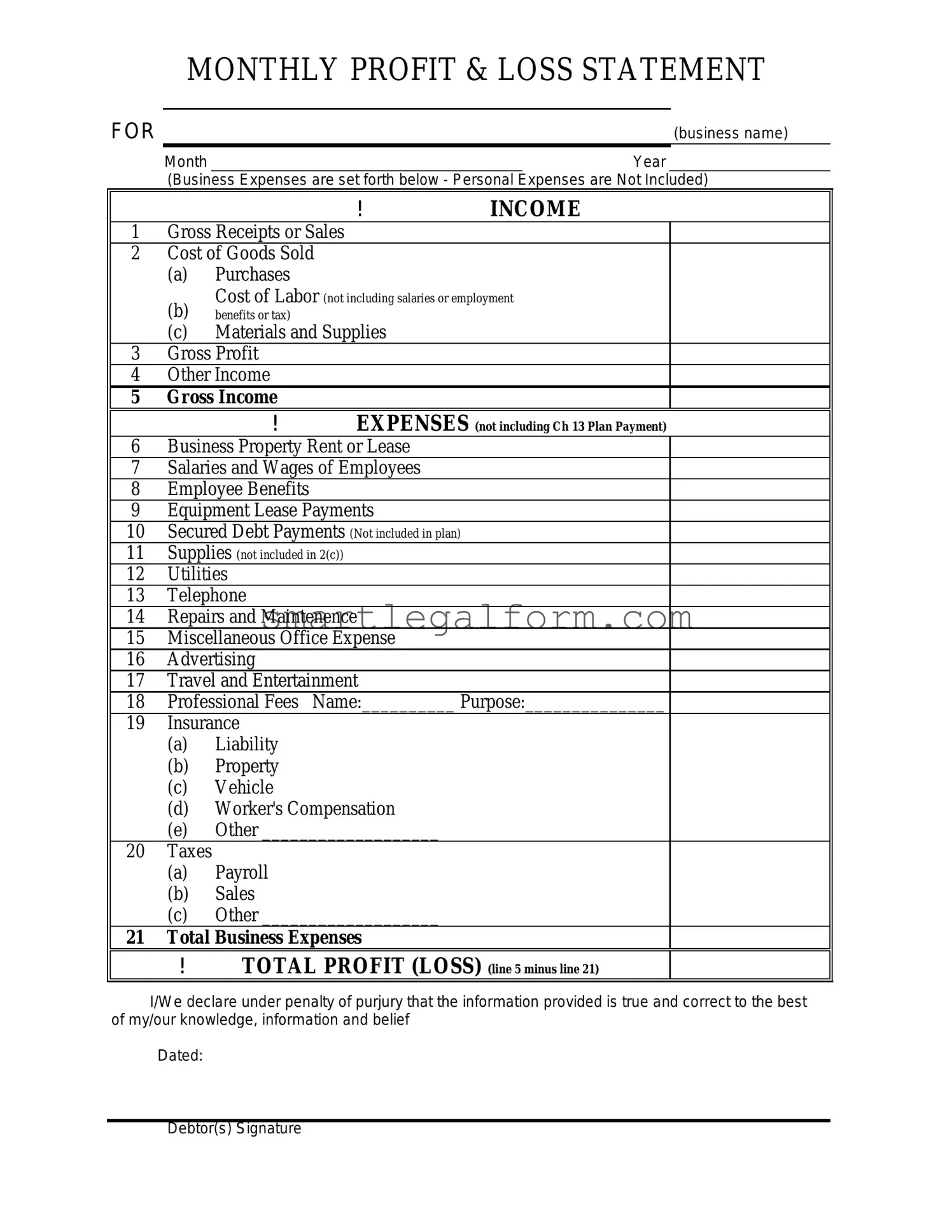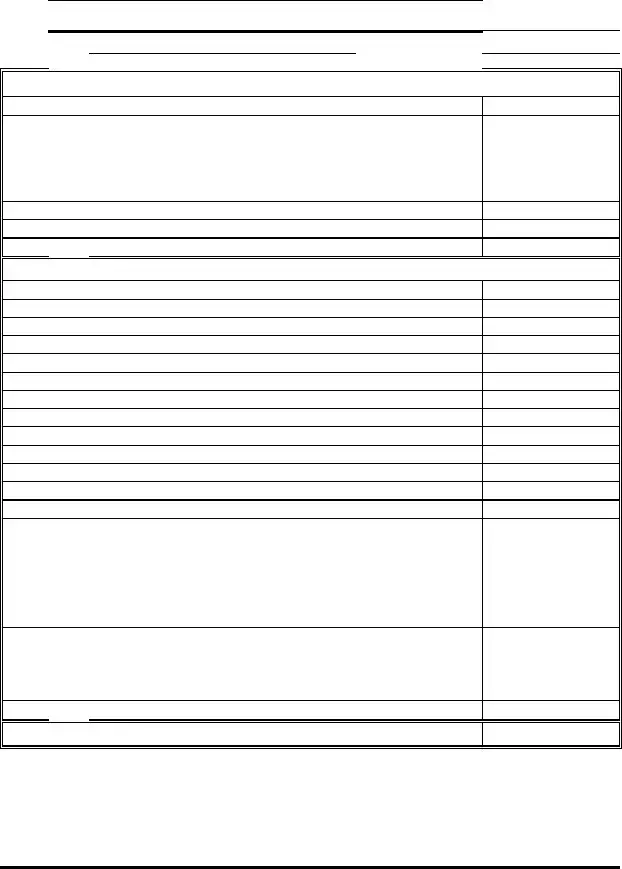Filling out a Profit and Loss form can be a bit tricky, and many people make common mistakes that can lead to inaccurate financial reporting. One frequent error is failing to categorize expenses correctly. When expenses are misclassified, it can distort the overall picture of a business's financial health. For example, mixing personal expenses with business expenses can create confusion and lead to incorrect conclusions.
Another mistake is not keeping track of all income sources. Some individuals may only report income from primary sales, overlooking other revenue streams such as investments or side projects. This oversight can result in an incomplete financial statement, which might affect decision-making and tax obligations.
Many people also underestimate their expenses. They might forget to include recurring costs like subscriptions or utilities. By underreporting expenses, the Profit and Loss statement may show a misleadingly high profit, which can have implications for budgeting and planning.
Inaccurate data entry is another common issue. Simple typos or transposing numbers can lead to significant discrepancies. It's essential to double-check figures to ensure they accurately reflect the financial activity. This diligence helps maintain the integrity of the financial report.
Some individuals fail to update their Profit and Loss form regularly. Without timely updates, the financial information becomes stale and unhelpful for making informed decisions. Regularly reviewing and updating the form allows for better tracking of financial performance over time.
Lastly, not seeking help when needed can be a mistake. If someone is unsure about how to fill out the form correctly, consulting with a financial advisor or accountant can be beneficial. They can provide guidance and ensure that the form is completed accurately, which can save time and trouble in the long run.

